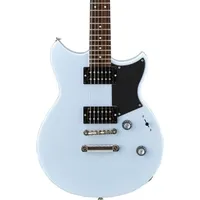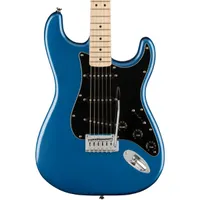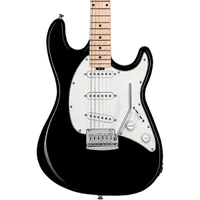Best electric guitars under $500/£500 in 2025: Affordable electrics
Get more for your money with my pick of the best value electric guitars below $500/£500
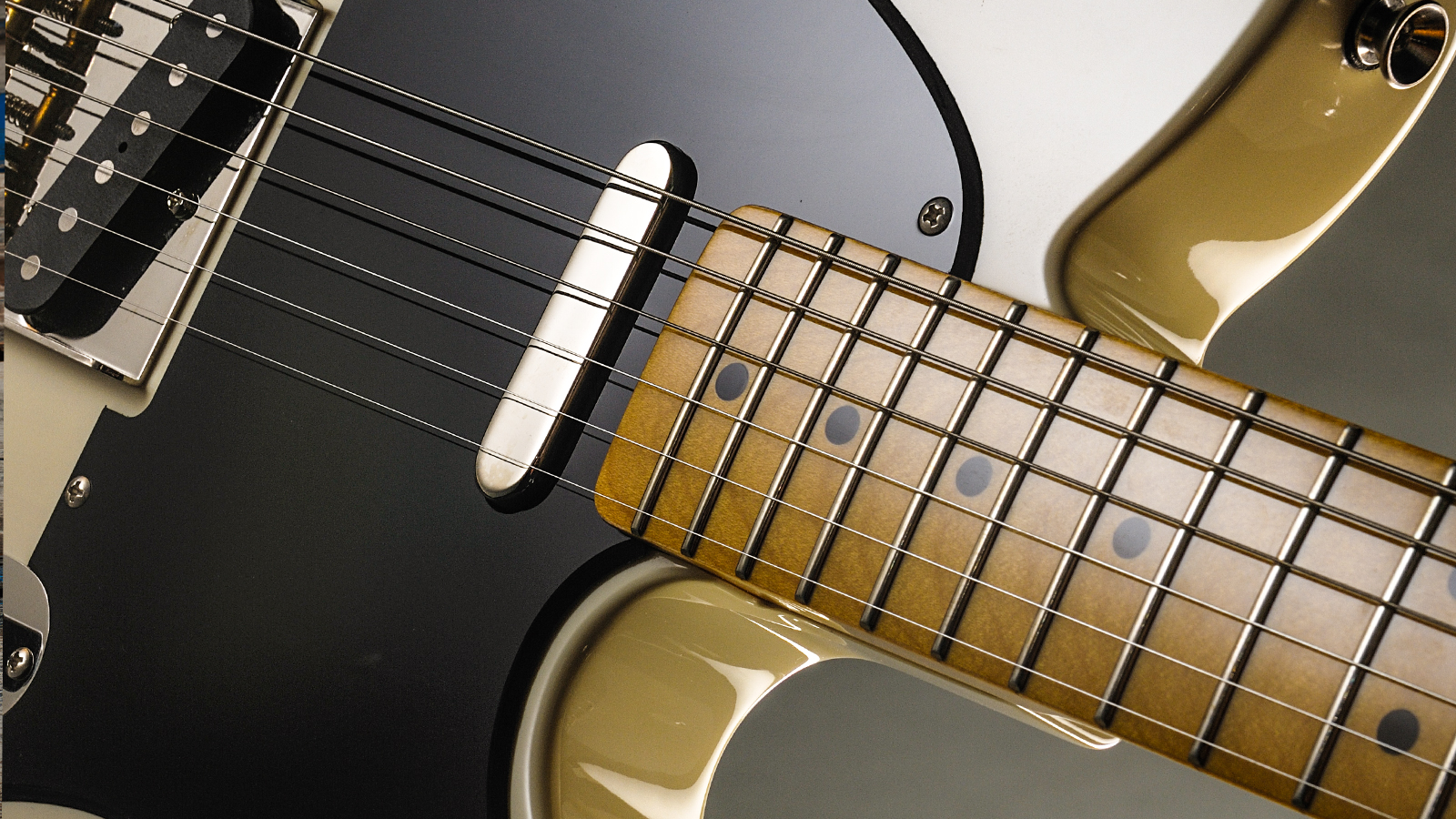
When buying a cheap electric guitar, you might well be wondering whether it’s good enough for what you need. I’ve been playing for over twenty years now, and I’ve reviewed countless instruments from those that cost hundreds to others that cost thousands, and I can tell you without hesitation that one of the best electric guitars under $500/£500 will be more than able to do the job for you.
It used to be that cheaper guitars sounded bad and played worse, but thanks to the stiff competition in the guitar industry, manufacturers are now able to provide some incredible instruments in the sub $500/£500 bracket. There’s a lot to choose from though, which is why I’ve broken them down by type to make things easier for you. In this guide, you’ll find 8 amazing instruments (plus some bonus selections) that will cover everything from blues classics to all-out shred machines.
If you want something that can cover the vast majority of styles, I’d go for the PRS SE CE 24 Standard. Its dual humbuckers can be split down to single coils, which makes it adept at a vast array of sounds and styles. It’s amazingly well put together, and easily the best value for money guitar at this price point. If you prefer rock tones, then you should check out the Epiphone Les Paul Tribute, while blues lovers should get acquainted with the Squier Classic Vibe 70s Stratocaster.
At the bottom of this guide, I’ve put together a how to choose section for those who are looking to make the best buying decision. Here I outline my thought process when buying a new instrument, backed by decades of playing experience, five years in music retail, and literally hundreds of guitars reviewed. I’ve also added an FAQ section, which answers the most asked questions from guitar players, as well as a glossary of key terms to get you up to speed on guitar tech speak.
My top picks
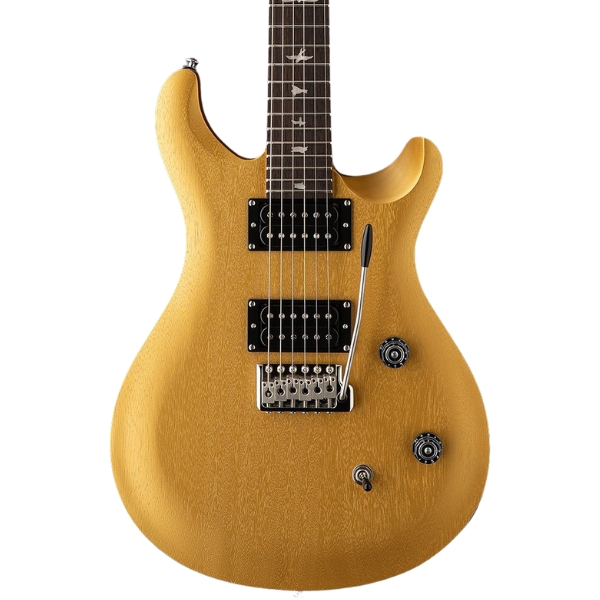
Honestly, it’s hard to believe this guitar is available for below $500/£500, such is the quality of its build and array of sounds on offer. With the ability to split both humbuckers, it’s a versatile beast, and easily the best value for money guitar available right now.
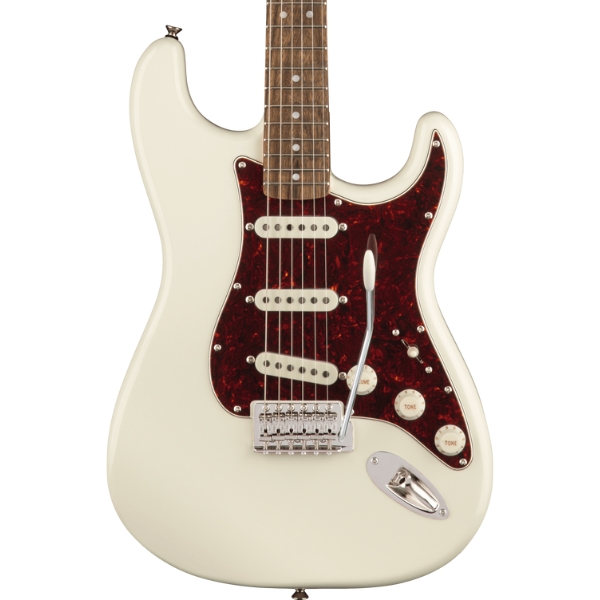
If you want vintage Strat tones on a budget, it doesn’t come much better than the Squier Classic Vibe 70s Stratocaster. With its trio of single coil pickups that deliver classic tones, to the two-point tremolo, it’s perfect for blues, funk, surf, and loads of other styles.
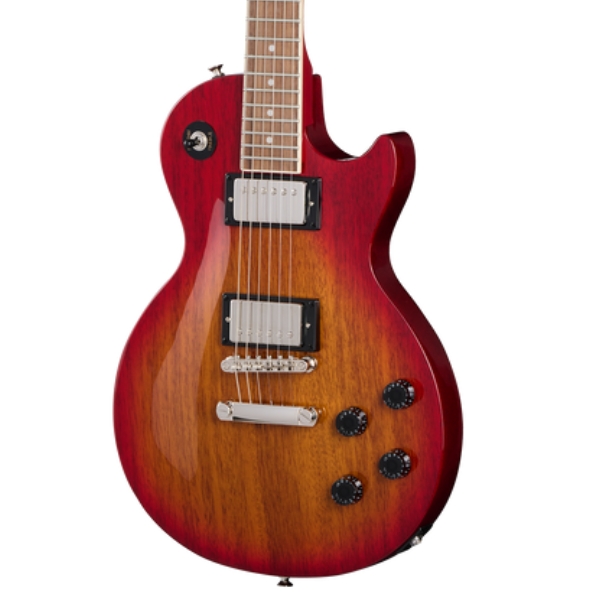
Getting an LP-style guitar below $500/£500 used to be nigh-on impossible, but that’s changed now. The Epiphone Les Paul Tribute is a great way to get that Les Paul feel for less, with dual humbuckers, individual pickup controls, and that classic Gibson headstock.
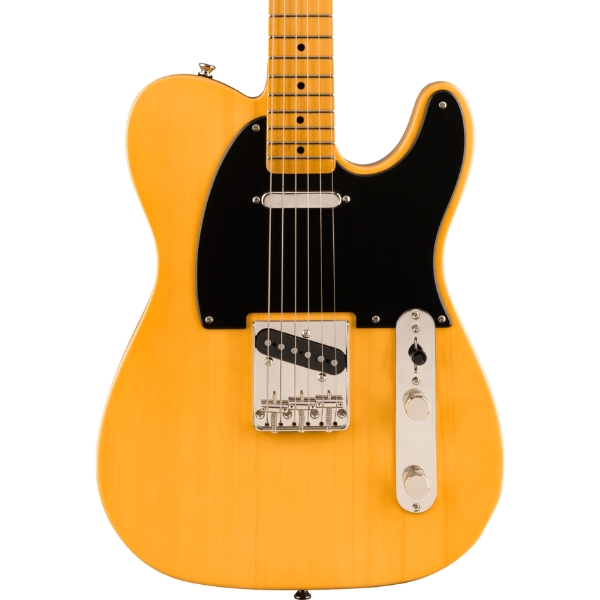
For those who want twangy tones or something a little more versatile, the Squier Classic Vibe '50s Telecaster is amazing value for money. The vintage specs skew it more towards classic players, but it can still handle more modern rock and punk tones if you need it to.
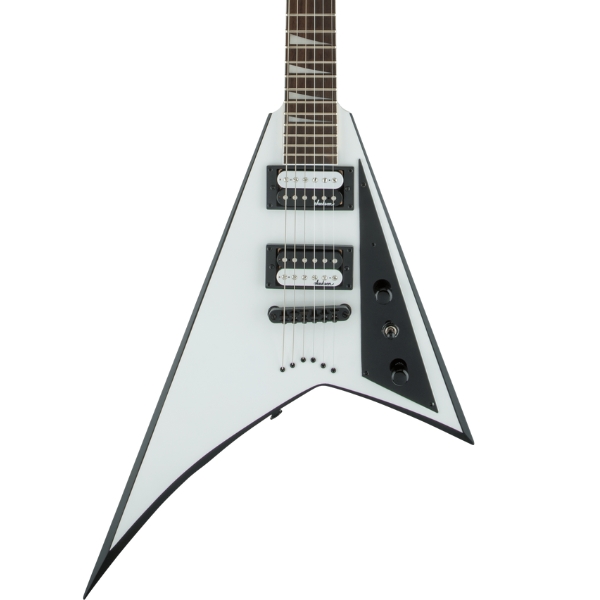
There are few guitars more metal than a V, and while they’re not the most ergonomic, when it comes to metal attitude, it's hard to beat the Jackson Rhoads JS32T. For less than $500/£500, it’s got a compound radius fretboard and ultra-fast playing satin neck.

If you’re all about the grit and articulation of a P-90-equipped guitar, this stunning Epiphone SG Special P-90 will be right up your street. It looks incredible, offers excellent upper fret access, and has the ‘proper’ Gibson headstock.
Best overall
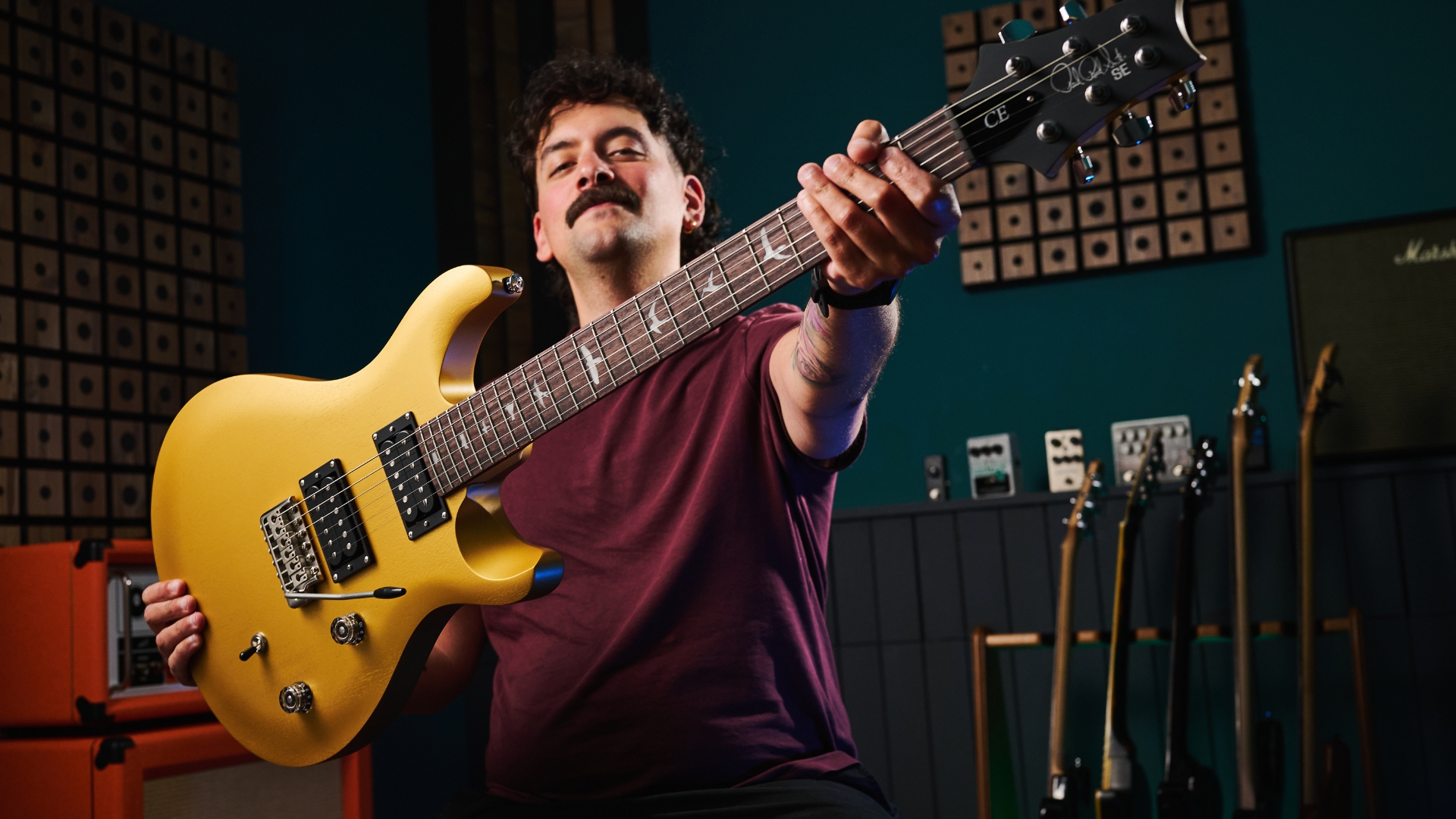
1. PRS SE CE 24 Standard Satin
Our expert review:
Specifications
Reasons to buy
Reasons to avoid
While there are those who will prefer a guitar from traditional manufacturers like Fender or Gibson, when you’re spending around $500/£500, I don’t think the PRS SE CE 24 Standard can be beat. It’s an incredible playing guitar and I still can’t quite believe it’s available at this amazing price point.
The two humbuckers are able to be split to single coils, which unlocks a huge array of sounds for you to play with. Whether you want bluesy single coil tones or monster rock sounds this guitar can handle either with ease.
The model I played came beautifully set up out of the box, and the overall build quality was fantastic. I could find absolutely nothing out of place with it, and although the PRS neck profile is a little different to that of a Fender or Gibson, I found it super comfortable whether I was shredding leads or just playing open chords on it.
Best Stratocaster
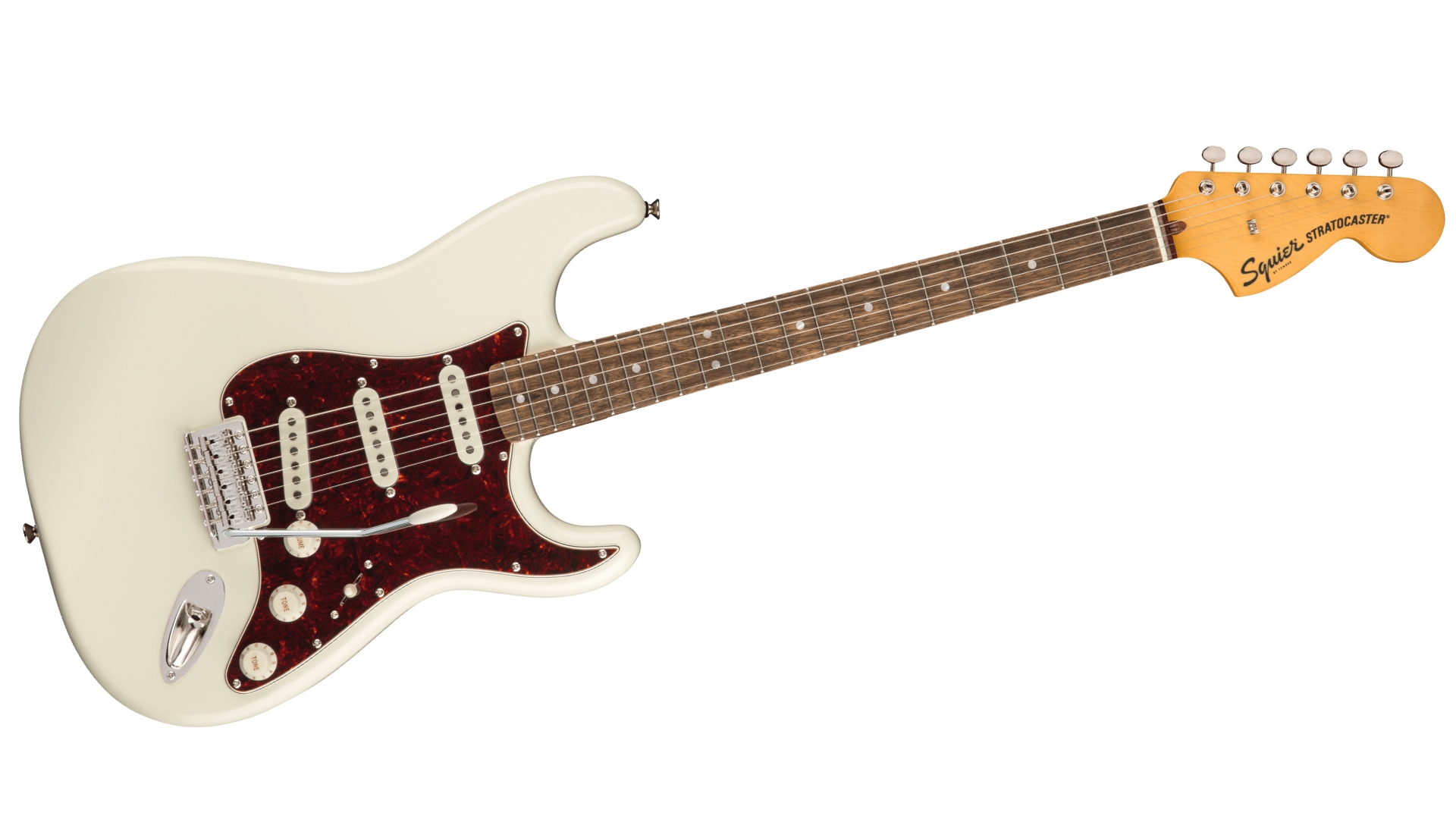
2. Squier Classic Vibe 70s Stratocaster
Our expert review:
Specifications
Reasons to buy
Reasons to avoid
Whether you want to play blues, funk, jazz, or anything else bar the heavy stuff, a 3-single coil Strat is the way to go. This Squier Classic Vibe 70s Stratocaster is in my opinion, the best option for classic Strat tones below half a grand.
The trio of Alnico single coil pickups is perfect for blues or funk tones, delivering that classic spank that pairs well with clean and edge-of-breakup tones. The bridge pickup offers plenty of bite for edgier sounds, and those in between positions give you the honky and quacky tones the Strat is famous for.
This guitar is really nicely put together, and I could find no issues with the overall build. The tremolo will take the guitar out of tune if you lean too hard on it, though. This can be remedied with a good setup or by adding a set of locking tuners to it if you find it really bugs you. So long as you’re not too rough with it, you should be fine!
Best Les Paul
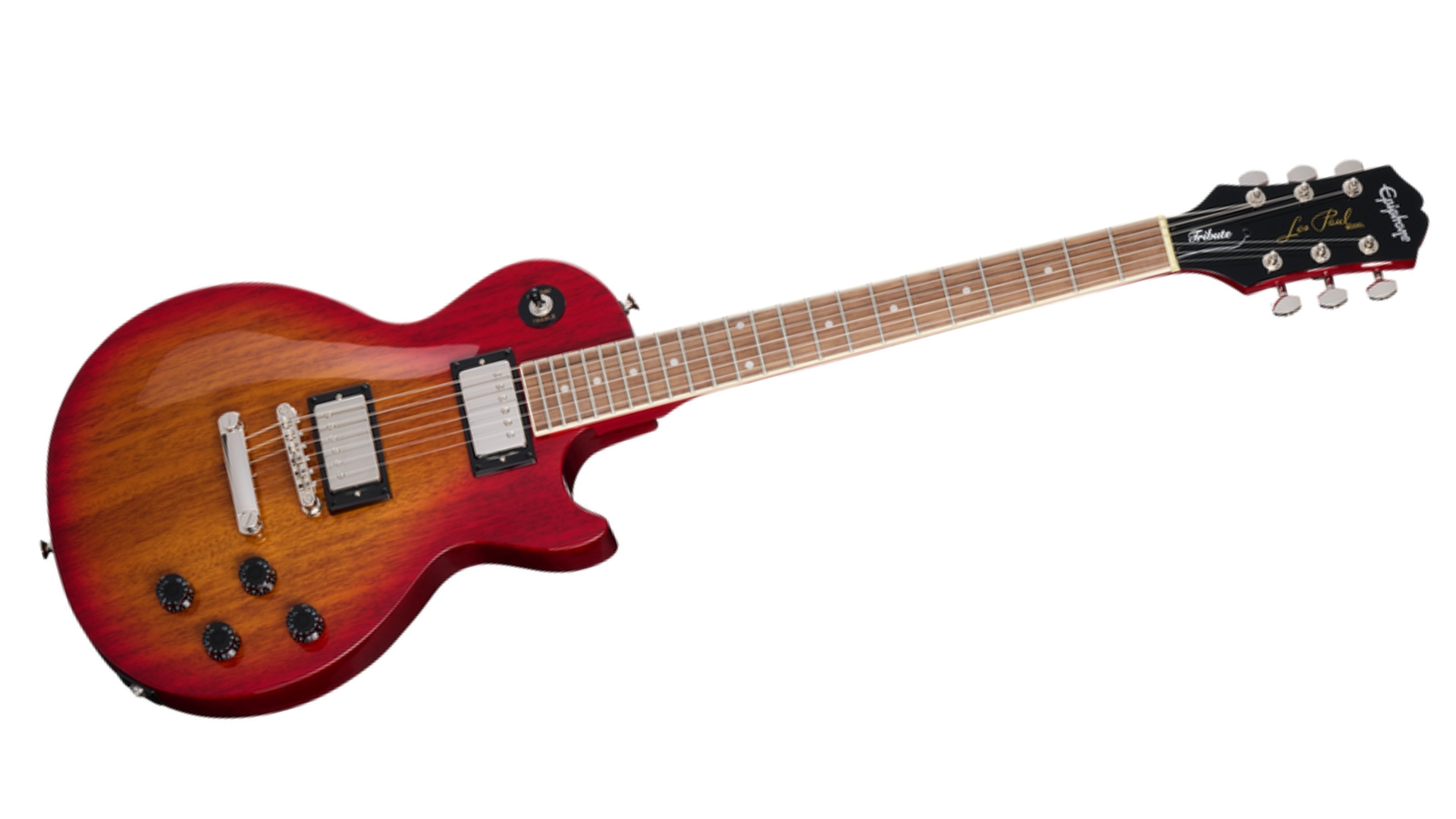
3. Epiphone Les Paul Tribute
Our expert review:
Specifications
Reasons to buy
Reasons to avoid
Due to the way they’re manufactured, it’s actually pretty difficult to get a Les Paul for less than $500. In fact, the only other LP apart from this Epiphone Les Paul Tribute available right now is the Les Paul Special - but that has P90s instead of humbuckers.
This guitar features two ceramic humbuckers designed by Epiphone, which give you plenty of that mid-range gut punch these guitars are famed for. They’re decent for clean tones, but where these will really excel is in those ripping rock guitar tones
To save costs, it’s a bolt-on neck, but the joint is tapered to help make things more comfortable. The body is made from okoume, which features similar properties to mahogany, and it has a carved top that’s the same as what you’d find on full-fat Les Pauls. For the money, you won’t find a traditional LP without spending over $600, which makes it a great option if you don’t have that much cash.
Best Telecaster
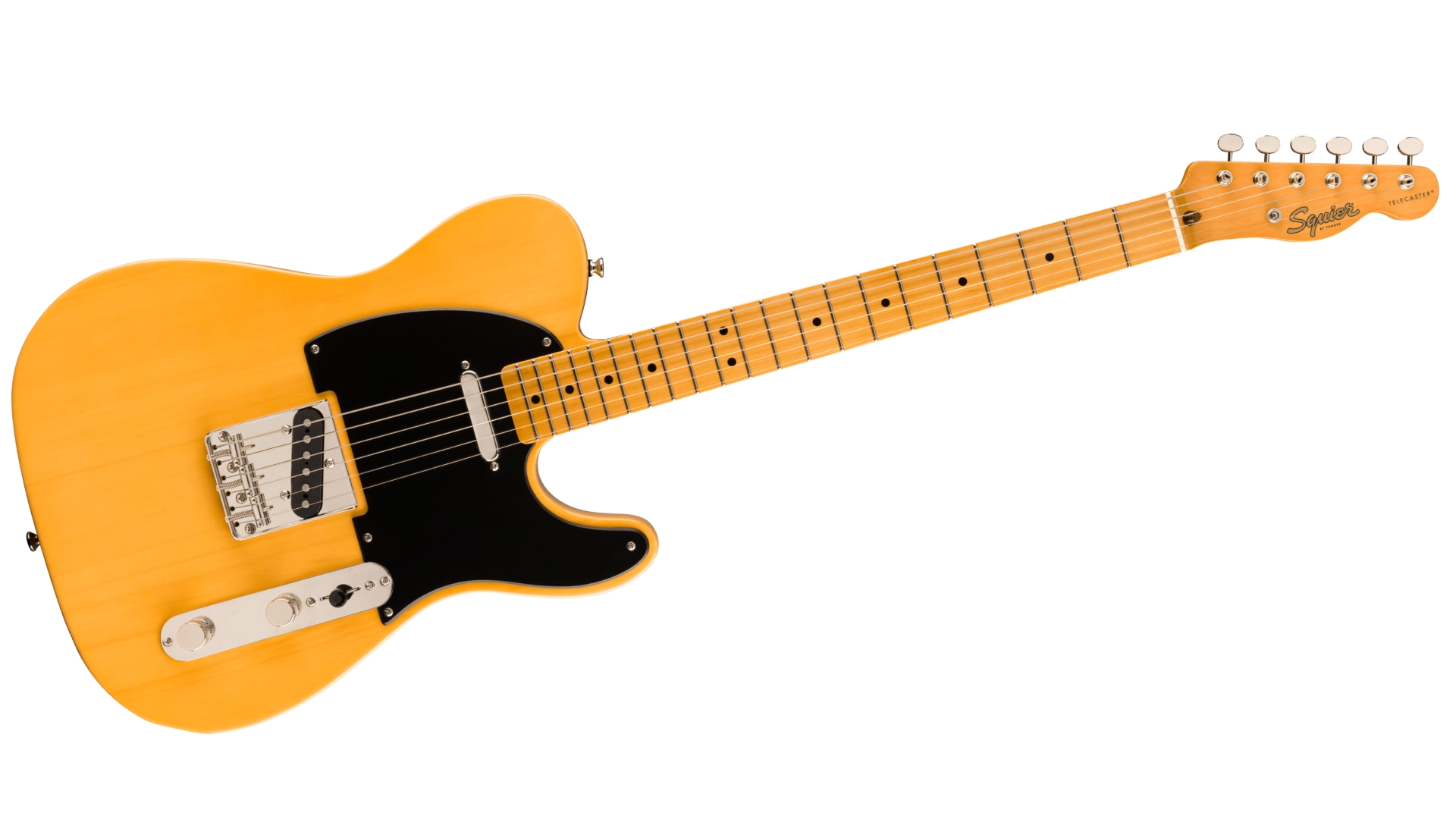
Specifications
Reasons to buy
Reasons to avoid
The Telecaster is a guitar that everyone should at least try - if not own. The simplistic layout and sonic versatility has captured the hearts of many legendary players from Keef to Springsteen and has even found its way into the hands of modern players such as Jim Root and Tom Morello, proving just how genre-defying this beloved six-string can be.
If you do fancy giving one a go - or indeed adding one to your collection - then you could do far worse than the stunning Squier Classic Vibe '50s Telecaster. This guitar has all the features you'd expect from a retro-inspired Tele, just without the astronomical price tag.
The Classic Vibe alnico single-coil pickups are a perfect throwback to the bright, articulate low-output pickups of the early '50s. At the same time, the vintage-style bridge - with period-correct barrel saddles - gives you the tone and feel you'd expect to see on a higher-end instrument. Really, there aren't enough good things we can say about this guitar. For us, it has the feel, sound and looks and that's all without mentioning the price!

"The combination of the lively pine body and hotter pickups means this guitar cuts through a mix just as a great Telecaster should. It also has that legendary Tele tonal versatility in its DNA, which covers anything from jazz to classic rock."
Read more: Squier Classic Vibe 50s Telecaster review
Best for metal
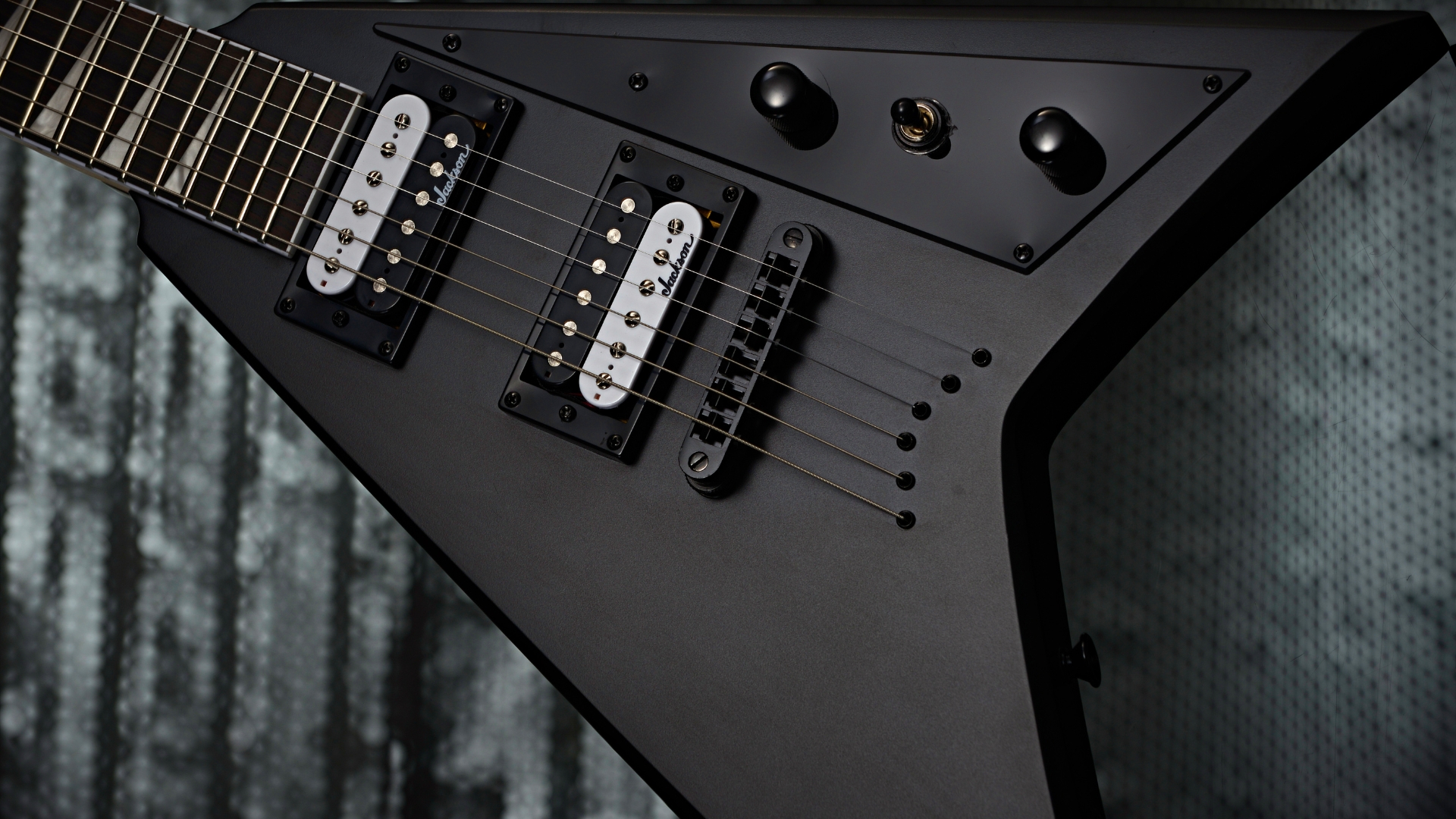
Specifications
Reasons to buy
Reasons to avoid
Playing the guitar is 60% attitude, right? Well, the Jackson Rhoads JS32T has bags of attitude - and doesn't cost the earth. If you are playing extreme forms of music, you're going to need an extreme axe, and they don't come more deadly-looking than this.
Featuring the now iconic offset Rhoads V body, a fast maple neck, and high-output ceramic pickups, this pointy guitar is built with one thing in mind - metal! Now, when we stated at the start of this piece that we are living in a golden age of affordable guitars, it was instruments like this that led us to that conclusion.
This guitar is insanely well spec'd for its price. We have a mahogany body, graphite-reinforced truss rods, pearloid sharkfin inlays, and a compound radius fretboard, all for well below the $500/£500 mark. So if you are looking for a low-cost metal guitar, then the Jackson Rhoads JS32T definitely gets our vote.

"It could be down to the body's relative lack of wood or the strings-through-body design, but dial in a Marshall-y distortion and bust out Crazy Train, and we dare you to stop grinning: the JS32T just nails that sound."
Read more: Jackson Rhoads JS32T review
Best P-90
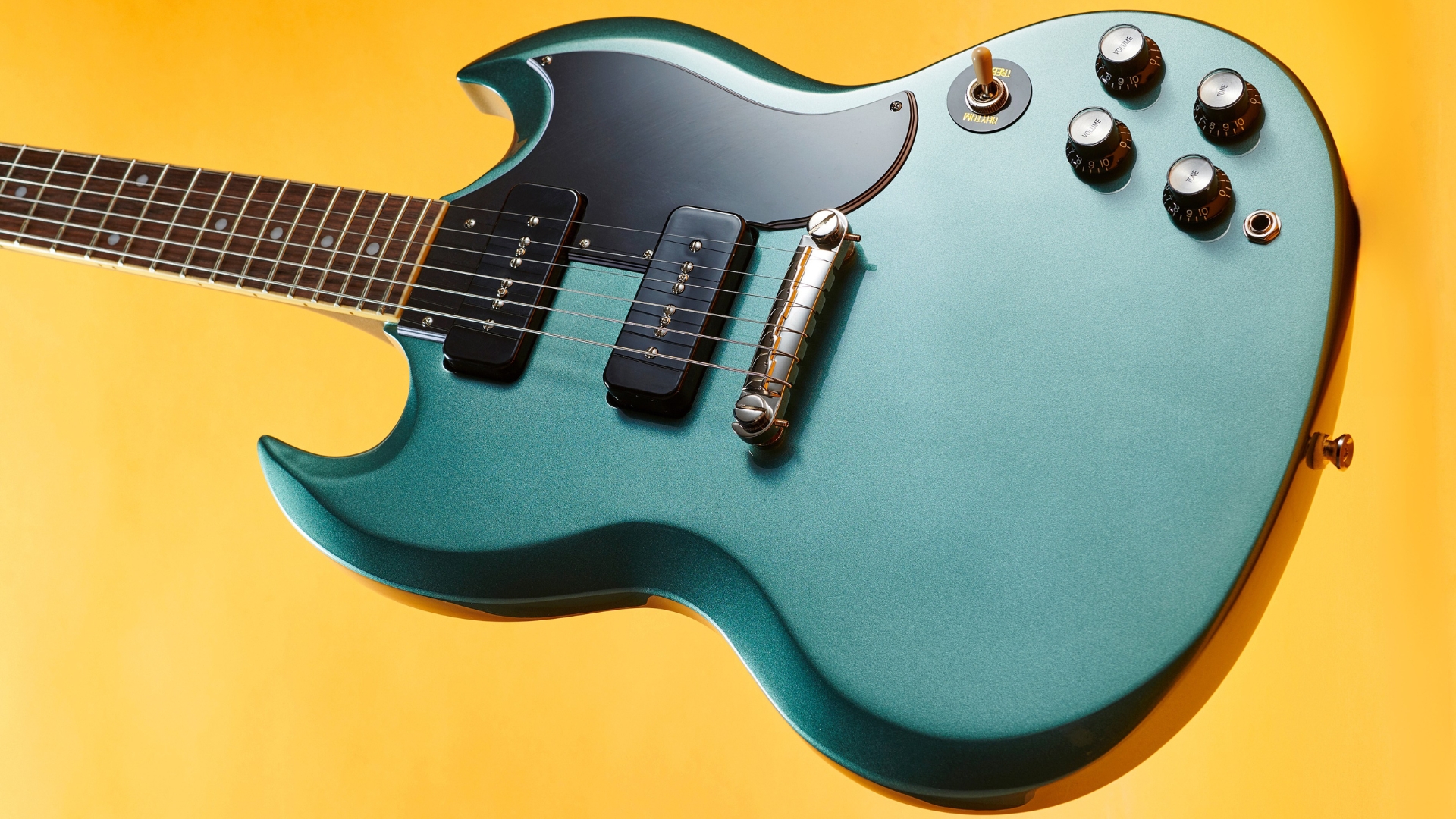
6. Epiphone SG Special P-90
Our expert review:
Specifications
Reasons to buy
Reasons to avoid
What's cooler than a well-priced Epiphone SG? One loaded with P-90 pickups and a Pelham Blue finish, of course. Over the years, many players have flocked to the aggressive power of the SG Special, whether that's Carlos Santana, Pete Townshend or Josh Klinghoffer, and with Epiphone releasing an affordable - yet well spec'd option - now you can as well.
Epiphone is currently going through somewhat of a return to form, so we really shouldn't be surprised by how good this guitar feels to play. That said, we were taken aback by just how close it was to its more expensive big brother, Gibson. It may not feel exactly like its USA counterpart, the neck profile is different for a start. Still, it does have the same vibe and is able to get you very similar tones at ⅓ of the price.
The return of the classic Kalamazoo headstock is a welcome addition, and so is the GraphTech NuBone nut, era-appropriate wiring, and CTS pots. All this adds up to a guitar that is far more than the sum of its parts and is well worth looking at if you fancy some hard-rocking tones on a budget.
Best hollowbody
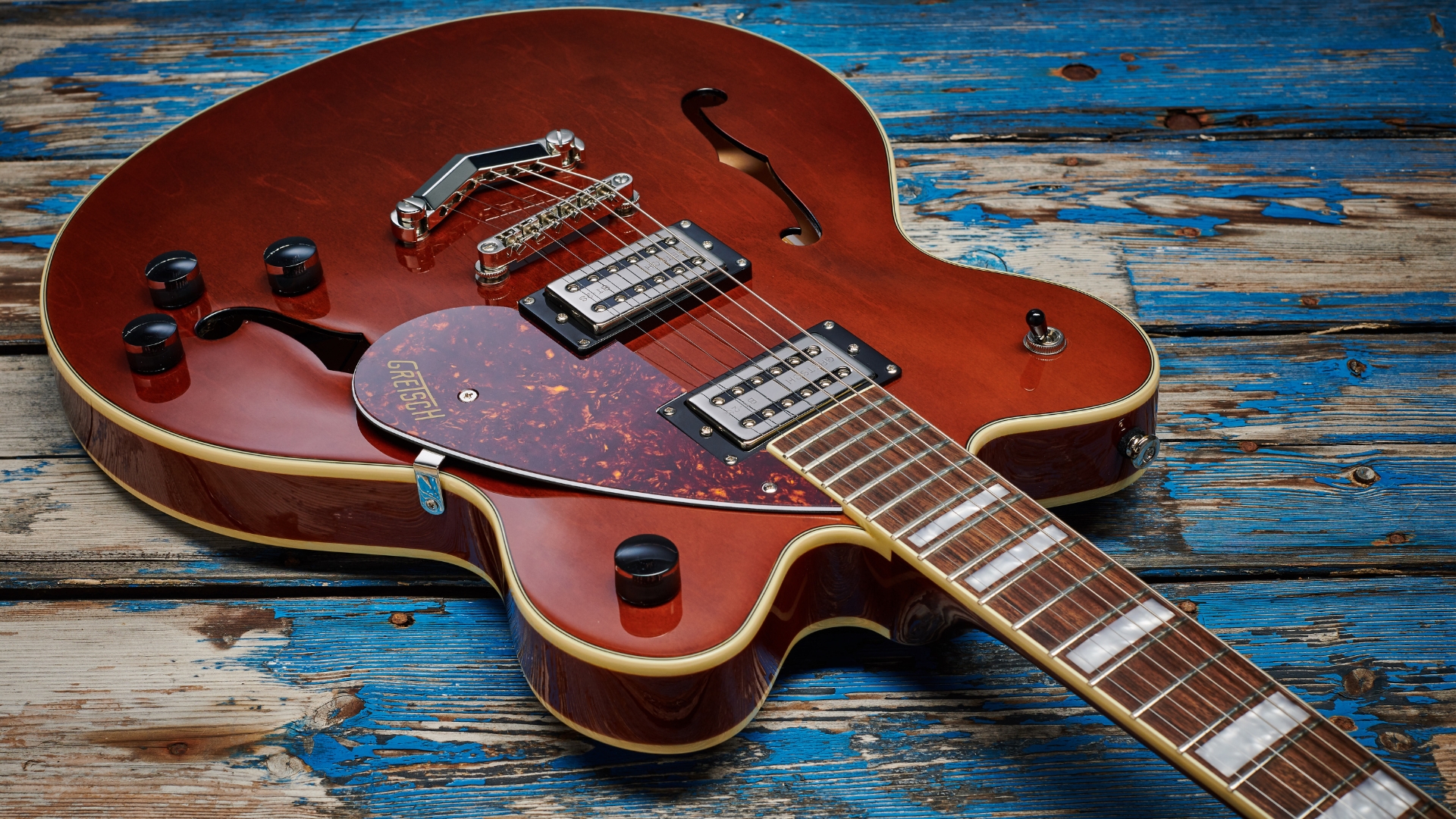
Specifications
Reasons to buy
Reasons to avoid
Sometimes you just need a hollowbody guitar. For certain applications, the thick, full-bodied sound of these large guitars is just what the doctor ordered, and the Gretsch G2622 Streamliner is a very viable option for those looking to keep the cost down.
The Streamliner series has gone from strength to strength since it was released back in 2016, with one of our personal favourites being the G2622. Just one look at this guitar and you know it has all the retro-stylings you'd expect from the legendary guitar maker. Still, in our experience, it has the tone to boot. This sound comes courtesy of the dual Broad'Tron pickups, which offer a slightly higher output when compared to the FilterTrons found in classic Gretsch models.
Now, as much as we love Gretsch, their completely hollow guitars can get, well, a little vocal at loud volumes, so to speak. Gretsch has included a centre block at the heart of this instrument to combat this and make the guitar appeal to the modern player. As well as taming feedback at excessive volumes, this also alters the overall tone, resulting in more midrange punch and a less boomy low-end - something we certainly appreciate.

"The G2622's construction gives a different response and resonance to other new releases from Gretsch and, with these pickups, moves further from the Gretsch sound. And while its construction gives it a more solid, or at least ES-335, character, it's a little more airy and less punchy with a softer, squashier tonality, for example, compared with a lower output Guild Newark St Starfire V."
Read more: Gretsch G2622 Streamliner review
Best offset

8. Squier Classic Vibe 60s Jazzmaster
Our expert review:
Specifications
Reasons to buy
Reasons to avoid
If you want a thoroughbred offset guitar without having to spend the earth, the Squier Classic Vibe 60s Jazzmaster is the way to go. We’ve had the 50s Tele and the 70s Strat already in this guide, so now it’s time to celebrate the swinging 60s with this iconic instrument.
The ‘C’ profile neck feels super comfortable, with a middle-of-the-road 9.5” radius that’s nicely balanced between faster playing and string bending. It makes it great for a variety of playing styles, whether you’re into surf rock or shoegaze.
The pickups deliver that distinctive bright tonality the Jazzmaster is famous for, allowing you to easily cut through dense mixes and brighten even the muddiest of fuzz pedals. You can get the full suite of additional JM controls, too, so you can dial in out-of-phase sounds, making this a versatile instrument indeed.
Spec comparison
Struggling to decide between all the guitars in this guide? Well here are all of their key specs in one place which should help you decide which one to go for.
Model | Body | Neck | Fretboard | Frets | Scale | Pickups | Lefty? | Finishes |
|---|---|---|---|---|---|---|---|---|
PRS SE CE 24 Standard Satin | Mahogany | Maple | Rosewood | 24 | 25” | HH | No | 6 |
Squier Classic Vibe 70s Stratocaster | Poplar | Maple | Indian Laurel | 21 | 25.5” | SSS | No | 2 |
Epiphone Les Paul Tribute | Okoume | Mahogany | Laurel | 22 | 24.75” | HH | Yes | 3 |
Squier Classic Vibe 50s Telecaster | Pine | Maple | Maple | 21 | 25.5” | SS | Yes | 2 |
Jackson Rhoads JS32T | Poplar | Maple | Amaranth | 21 | 25.5” | HH | Yes | 2 |
Epiphone SG Special P-90 | Mahogany | Mahogany | Laurel | 22 | 24.724” | SS | No | 2 |
Gretsch G2622 Streamliner | Laminated maple | Nato | Laurel | 22 | 24.75” | HH | Yes | 5 |
Squier Classic Vibe 60s Jazzmaster | Poplar | Maple | Indian Laurel | 21 | 25.5” | SS | No | 4 |
Also consider
For most guitarists, the above guitars should cover most of the bases. I do appreciate that a guitar is a very personal thing though, so if you didn't find what you wanted above, here are some more great options below the $500/£500 point.
Yamaha Revstar RS320
Nato body | Nato neck | Rosewood fretboard | HH pickups
While we love the humble Pacifica - it tops our list of the best beginner electric guitars, after all - we found that the Revstar brings a little more uniqueness to the table. This guitar isn't just a take on an S-type axe or a reimagined LP; the Revstar is its own thing, with its own personality, and we can't get enough of it.
★★★★☆
Read more: Yamaha Revstar RS320 review
Squier Affinity Series Stratocaster
Poplar body | Maple neck | Maple/laurel fretboard | SSS pickups
The Affinity series has long been a go-to option for beginners and players on a budget, and when you see how much you get for your money, it's easy to see why. Like many of the guitars on this list, the Affinity Strat features a poplar body, maple neck, laurel fingerboard, and ceramic pickups, but really this guitar is more than a collection of parts - it's the perfect guitar to kickstart your guitar-playing career.
★★★★☆
Sterling by Music Man Cutlass CT30SSS
Poplar body | Maple neck | Maple/laurel fretboard | SSS pickups
The Cutlass most definitely wears its influence on its sleeve, mind you, the forefather of electric guitar - Leo Fender - did have a hand in the design. While the Cutlass may look strikingly similar to the classic Fender Stratocaster, it feels completely different to play, thanks to its very smooth and rounded neck. If you've played a Music Man instrument before, you'll know what we mean.
★★★★☆
How to choose
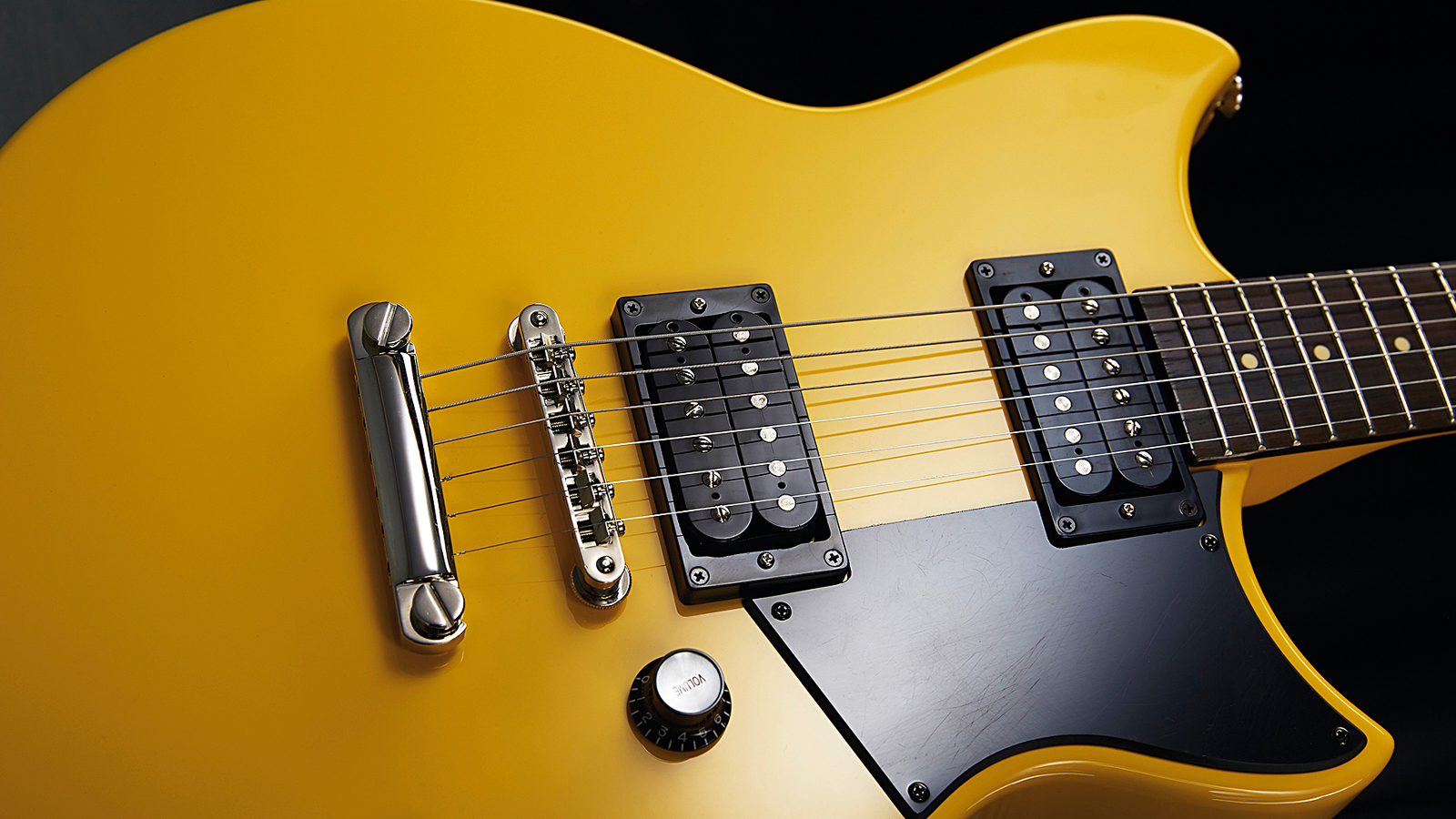
There’s a lot of choice around the $500/£500 mark these days, so deciding which guitar to go for can definitely give you some headaches. I’ve been buying and selling guitars for over twenty years now, so let me show you how I’d go about buying a new guitar.
1. What's your sound?
MusicRadar's got your back
Your foremost thought should be the style of music you love to play, or the genres you tend to play in. Most guitars will be adept at a particular style, and some are more adaptable than others, so it’s wise to consider this before you buy.
If you like classic blues, you’ll probably want to go for a Strat, whereas rock and hard rock players will find more to love with a humbucker-equipped guitar like the Epiphone Les Paul. If you already have a guitar and you’re looking for a new one, think about what it is your old guitar doesn’t do that appeals to you.
2. Body style
The shape and weight of a guitar’s body make a surprising difference to how it plays. It’s less in the playing feel, though, and more about how it feels when you play seated or when you put it on a strap. For example, Les Pauls are typically heavy and bulky, whereas a Strat tends to be lighter and a bit more agile.
3. Neck profile
The feel of the neck is arguably one of the most important aspects of how you gel with a guitar, so if you can, it's good to check out your chosen guitar beforehand. If you can’t do that, it’s not the end of the world, though, as many retailers have good returns policies that let you try the guitar for a bit and send it back if it’s not a good fit.
4. Do your research
Sites like YouTube are a great place to listen to demos of electric guitars, just bear in mind that they may have been treated after the fact to make them sound better or the quality just might not be there in the first place. You can also look at reviews from traditional publishers and community-based forums like Reddit to get a good overview of what your chosen instrument will be like when you get it.
FAQs
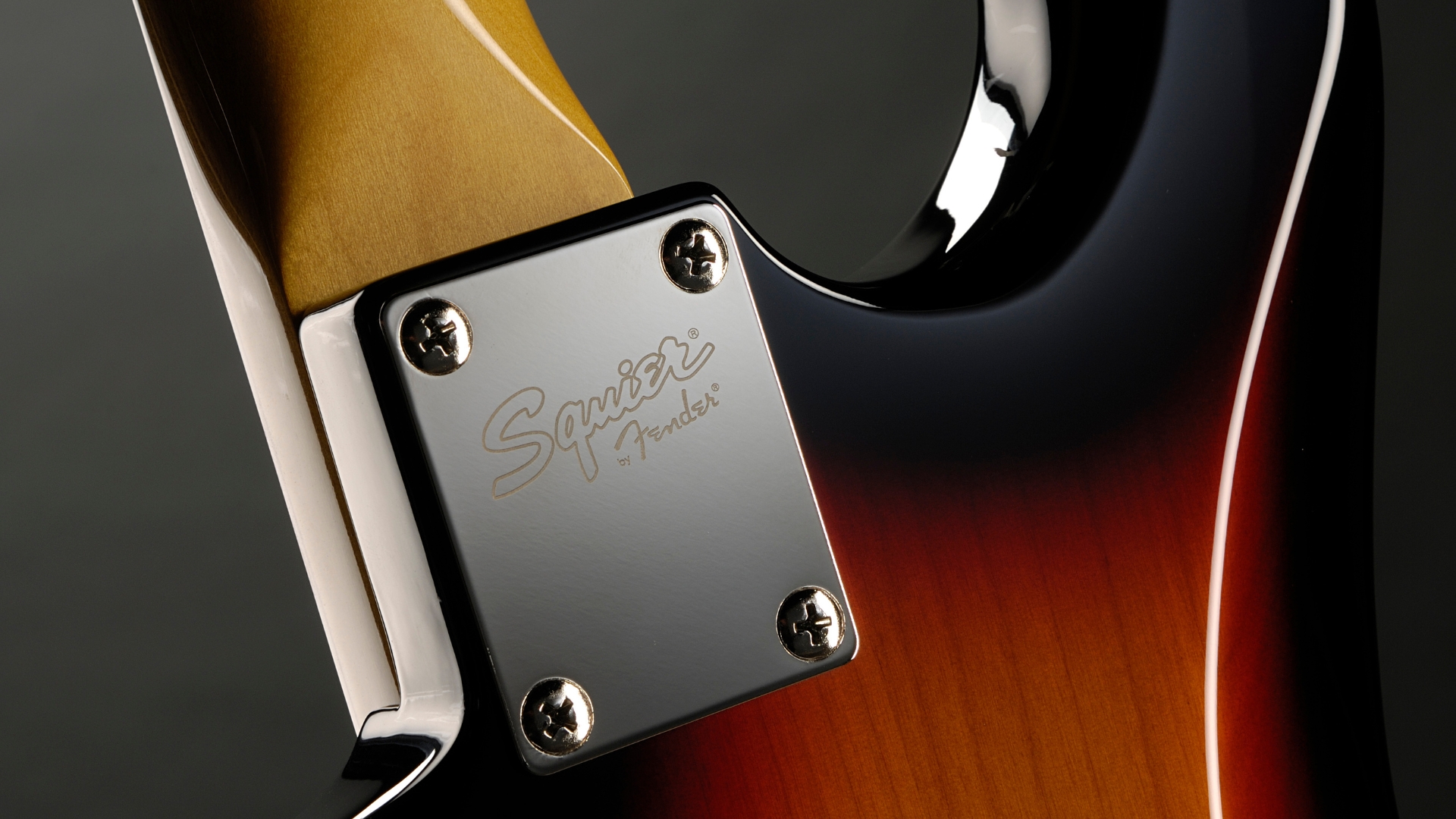
Is it better to buy a new budget guitar or a used mid-tier one?
In my opinion, if you’re new to guitar, you should stick to buying a new instrument. This gives you the guarantee that you can send it back if there’s a problem. If you already own a few guitars and you can try before you buy, then buying used is a great way to get more for your money.
Is there a big difference between guitars under $500 and guitars under $1,000?
It’s not a huge difference, but there is a difference when you spend a little more. With a guitar that costs more towards the $1,000 range, you can expect better pickups, perhaps a rosewood fingerboard, and sturdier hardware. In terms of playability, though, in my experience, there won’t be all that much when you’re spending below $1,000.
Will I need to upgrade my hardware?
You shouldn’t need to upgrade your hardware on any decent guitar below the $500 mark, so if you do feel like something is subpar on your instrument, you should probably return it. Later down the line, you may want to upgrade to get better performance out of your tremolo with a set of locking tuners, or help ease tuning instability with a better quality nut.
Will my guitar arrive set up, or should I price that in?
Most modern guitars below $500 will arrive with a fairly minimal setup, so it’s always good practice to get yours set up. You should be doing this with any guitar to be fair, as every player has different preferences for how they like their guitars to play. If you’ve never had a guitar before, finding a tech who knows how to get the best out of a guitar for you is an excellent asset to have, as is learning to set up your own instrument to play the way you want it to.
Will I need to upgrade my pickups?
On a guitar below $500, upgrading the pickups is probably the most powerful change you can make. You shouldn’t need to do it when you get a new guitar, but if you find you want a more modern or vintage tone from your guitar, then swapping the pickups is a great way to go about enhancing or changing your guitar’s tone.
Can I get a guitar with a coil split below $500?
Yes, you can get a guitar with a coil split below $500, and it’s a great way to get more versatility out of your instrument. There aren’t many that will have this feature, but my top pick in this guide, the PRS SE CE 24 Standard, has it, and buying a guitar with an HSS pickup configuration can get you the best of both worlds, too.
What are the best upgrades for a guitar below $500?
If I were going to upgrade a guitar below $500, I’d start with the pickups. It’s an electric guitar at the end of the day, so this is where it’s going to make the biggest difference. Next, I’d go for getting the nut replaced. Finally, I’d add some locking tuners, not just for the tuning stability but also because they make changing strings so much faster, which means more time playing!
Key terms
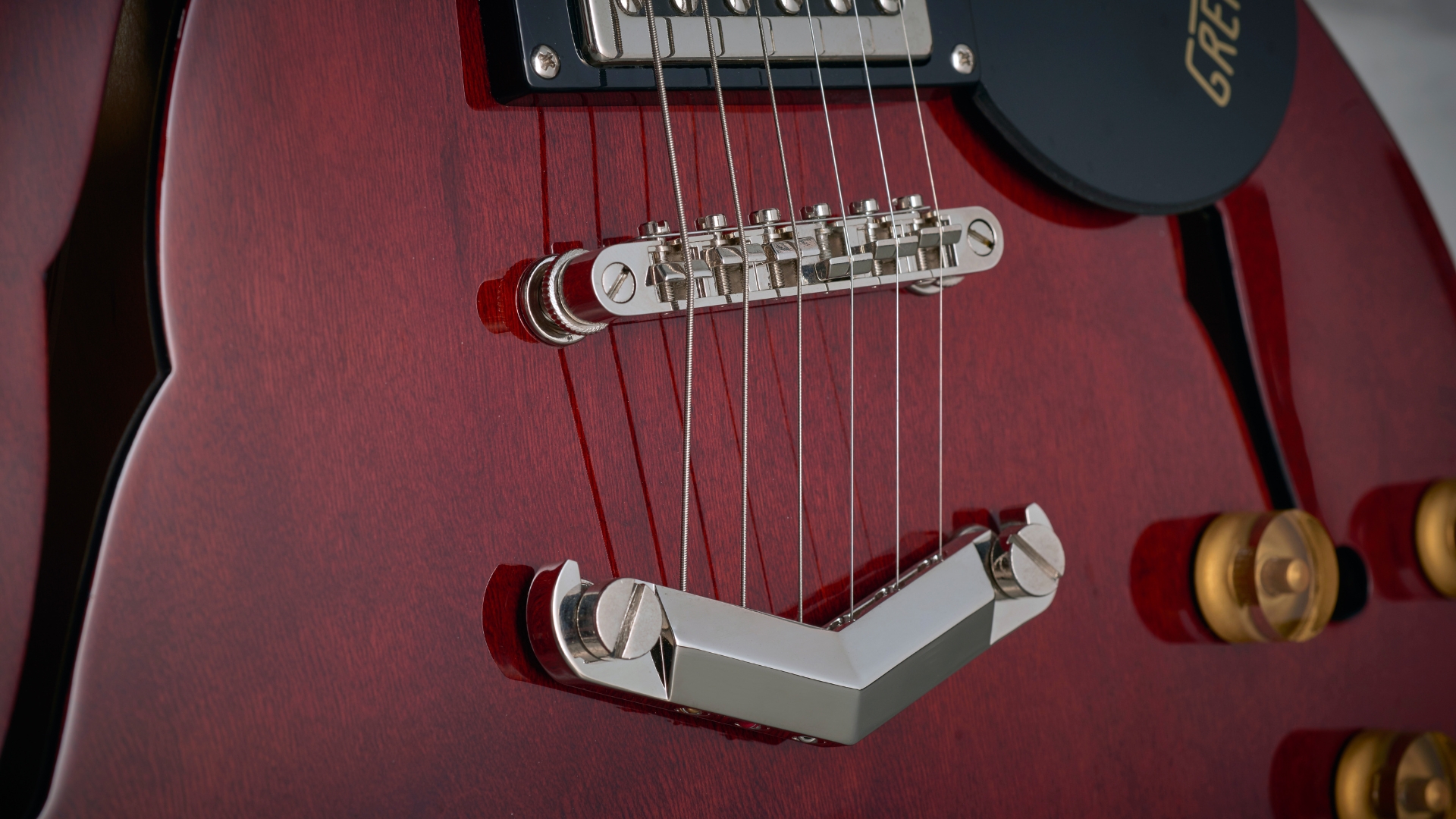
- Action: The distance between the strings and the fretboard.
- Binding: A decorative strip that can go around the body of the guitar, the fretboard of the guitar, or both. Often cream or white.
- Bolt-on: A type of neck that’s bolted on to the body with screws.
- Bridge: The device at the bottom of the guitar body that anchors the strings in place.
- Cutaway: A cut in the body, usually to allow better access to the upper frets.
- Electronics: A general term for the pickups, controls, and other electrical components of the guitar.
- Fret buzz: A ‘choked’ note that’s the result of the guitar string touching two frets at the same time.
- Fretboard (Fingerboard): The part of the guitar where you place your fingers to play notes and chords.
- Frets: The metal bars on the fretboard between which you place your fingers.
- Hardware: A general term for non-electronic guitar parts like the tuning machines, bridge, tremolo, etc.
- Headstock: The top of the guitar where the tuning machines are located.
- Intonation: How in tune your guitar is across the entire fretboard. This is set via the bridge saddles.
- Locking tuners: A type of tuning machine that locks the string in place, resulting in better stability and quicker string changes.
- Machine heads: The metal parts on the headstock that are responsible for tuning the guitar strings. Sometimes called tuning machines or just tuners.
- Neck profile: The shape of the back of the neck and how it fits into your hand. Typically referred to via letters like ‘C’ or ‘D’.
- Nut: The part at the top of the fretboard responsible for guiding the strings onto the tuning machines.
- Offset: A type of guitar that features an offset waist. Guitars like the Jazzmaster, Jaguar,
- Pickguard: A piece of plastic on the guitar body designed to protect the instrument from scratches that occur while playing the guitar with your picking hand.
- Pickup selector: A small switch that changes which pickups are engaged on the guitar.
- Pickups: The bars underneath the strings, which are responsible for changing the string vibration into electrical signals.
- Scale length: The distance between the nut and the bridge.
- Setup: The act of adjusting the action, intonation, truss rod, and other parts of a guitar in order to ensure it plays its best.
- Solid body: A type of electric guitar that features a body made out of solid wood.
- Strap button: The parts to which you attach your guitar strap, usually located on the bottom of the guitar body and the upper bout.
- String gauge: The thickness of the guitar strings on the guitar.
- String spacing: The distance between each string on the guitar, which measures differently at the nut than it does at the bridge of the guitar.
- Tremolo: A type of bridge that allows you to bend the pitch of the strings with a metal arm.
- Truss rod: A metal rod that runs inside the guitar neck, used for stability and to adjust the neck relief.
How we test
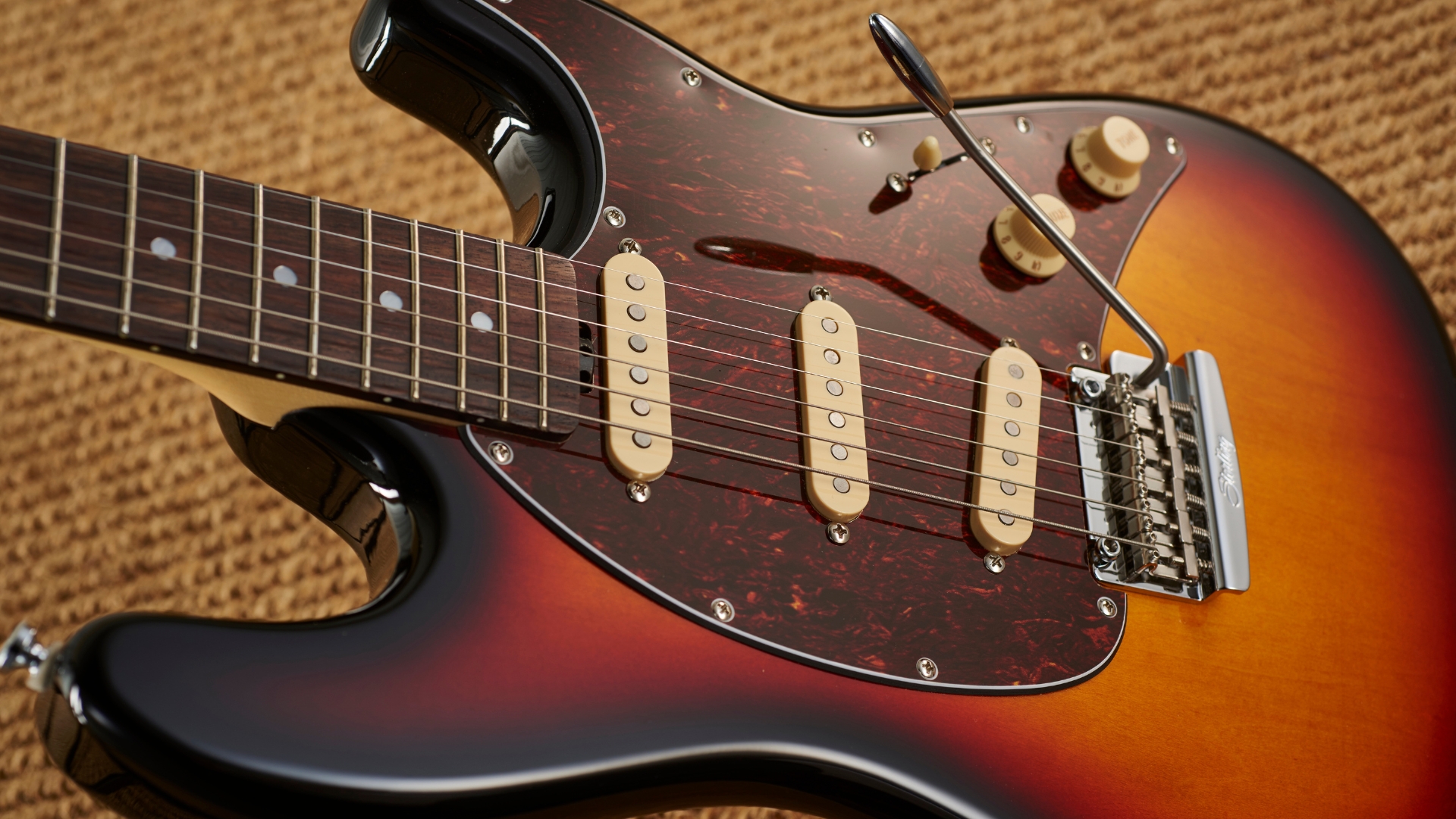
Whether I’m testing a guitar that costs $500 or one that costs $5,000, I’ll be putting it through the exact same process. Guitars are very subjective things, so for that reason, I subject them to the exact same testing regardless of their cost, brand, pickup configuration, etc.
My first test is always to examine the instrument in detail to see if I can find any flaws with it. I’m looking for cracks in the finish, dirt in the paintwork, badly installed hardware, gaps in the neck pocket, and anything else that might hint to me that there’s been an issue with the build.
Next, I’ll look at the playability, which means trying out different styles of playing, seeing how it feels when bending the strings or playing chords, as well as doing visual inspections of the setup. I’ll test the guitar all over the fretboard, looking for any dead notes or points where the guitar might choke out, subjecting it to a wide variety of playing styles like alternate picking, tremolo picking, sweep picking, as well as legato, vibrato, and everything else in my vocabulary.
With these tests done, I’ll finally move on to the sound. I’ll test every variation of the pickup configuration the guitar has, as well as try it through a variety of amplifiers and amp models. Again, I’ll play various styles to see how it handles blues, rock, country, metal, jazz, and others, and I’ll play it quietly through a practice amp and loud through a tube amp with a band to see how it performs.
I’ll aim to test a guitar for at least two weeks wherever possible, and this is to ensure that I can get over the initial honeymoon phase of the instrument and really find out what it’s like to live with. It’s often over longer periods of time that you’ll find the shortfalls of a guitar, so this is a crucial test.
Find out more about how we test music gear and services at MusicRadar.
Related buyer's guides
- Plug into one of the best cheap guitar amps under £500/$500
- Explore more of the best cheap electric guitars
- Going unplugged? These are the best cheap acoustic guitars
- Explore the world of FX with the best guitar effects pedals for all styles
- Need a guitar for a little shredder? Check out the best guitars for kids
- ...and the best acoustic guitars
Want all the hottest music and gear news, reviews, deals, features and more, direct to your inbox? Sign up here.

Matt is a Junior Deals Writer here at MusicRadar. He regularly tests and reviews music gear with a focus on audio interfaces, studio headphones, studio monitors, and pretty much anything else recording-related. Matt worked in music retail for 5 years at Dawsons Music and Northwest Guitars and has written for various music sites including Guitar World, Guitar Player, Guitar.com, Ultimate Guitar, and Thomann’s t.blog. A regularly gigging guitarist with over 20 years of experience playing live and producing bands, he's also an alumnus of Spirit Studios, where he studied studio engineering and music production.
- Daryl RobertsonSenior Deals Writer
